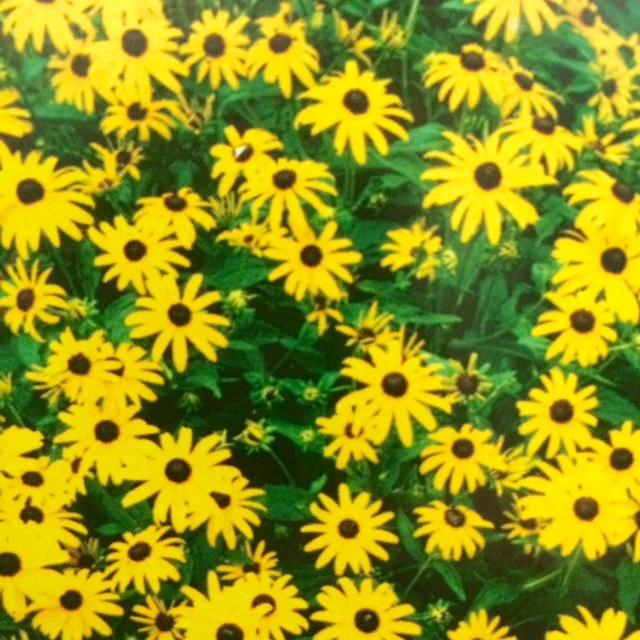Breathes there anyone with a soul so dead,
Who would not admire a perennial bed?
Most of us start gardening too late in life. When we are young and sprightly, we have too many other interests. The middle years are taken up with furthering our careers and/or raising families, so that by the time we should be hitting our stride, our stride has turned into a totter; bones are creaking and backs are aching. The spirit might be willing, but the knees are weak. However, it’s never too late to start. Procrastinating about doing a project is like looking at a wheelbarrow; nothing will happen until we start pushing.
Planning a Large New Border:
Study the photos in gardening books then choose the layout and the plants you most admire within them. Like Agatha Christie’s Hercule Poirot, we must use the “little grey cells” in order to choose the best plants. Picture this large border as a stage and like Cecil B. de Mille you’ll soon be directing a cast of hundreds.
Digging:
Roses are reddish,
Violets are bluish,
But they won’t grow in soil that’s glueish!
Gardening is 10% preparation and 90% perspiration; most of the latter comes from digging.
- Make sure the soil is soaked but not soggy.
- The tines of the fork should go in the full length. Large clumps should be broken up with the back of the fork or spade.
- Spread large amounts of compost, peat, and manure then dig again. The soil will become friable. (For a vivid example of this, read page 39 of Too Late for Regrets.)
Planting:
Place the plants in the area where the holes are to be dug. Move them around until you’re happy with the result. Container plants bought from the nursery might have become rootbound; tease out some of the roots and spread them out before planting. Water thoroughly, and make sure that any weeds appearing are eradicated promptly.
Sun-Loving Perennials
- Aurinia (Basket of Gold) – low growing, mid-spring
- Rock Cress (Arabis) – showy racemes of pure white, late spring. Ideal for rock gardens.
- Centranthus Ruber (Jupiter’s Beard) – has upright stems bearing fluffy clusters of pink flowers. 2 feet, needs staking.
- Rudbeckia (Goldsturm) – Black-eyed Susan. Stunning orange flowers with a black center. Shasta daisy makes a spectacular splash of white, mid-summer.
- Coreopsis (Tickseed) – “Early Sunrise,” “Sunray,” charming yellow flowers at the end of wiry stems, 1-2 feet
- Heliopsis (Helianthus) – False sunflower, long blooming, 2-3 feet. Plant at rear.
- Phlox Paniculata (Garden Phlox) – “Eva Cullum,” exquisite clusters of deep pink flowers on sturdy stems, stake. 2 feet, mid-late summer.
- Aster Frikartii – lilac daisy-like flowers, late summer































